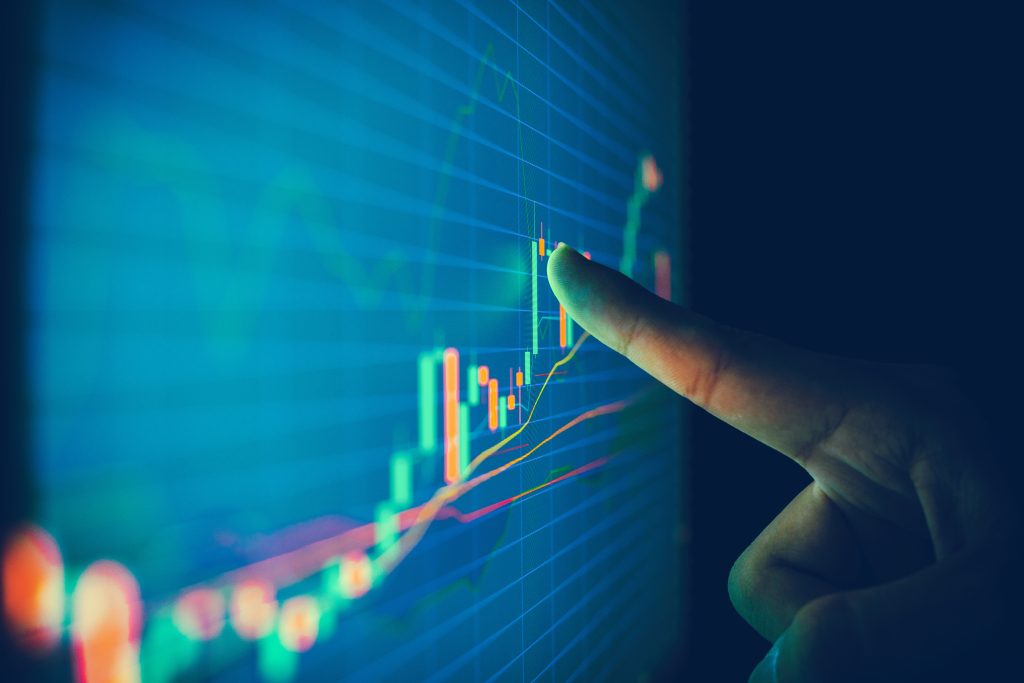Your wallet, your job, and your community are all feeling the pinch of South Dakota’s economic stagnation, even as some cities boom.
It’s a tale of two economies that’s reshaping daily life across the state.
According to U.S. Census Bureau data reported by the United States Federal Reserve, the state’s population reached 924,669 as of July 1, 2024, reflecting a 4.3 percent increase since April 1, 2020.
Despite this population growth, South Dakota’s economy has stagnated. The U.S. Bureau of Economic Analysis reports that real gross domestic product showed no growth in the fourth quarter of 2024. This places South Dakota as one of only two states without economic growth during that period, ranking 48th nationally in economic growth compared to the national average of 2.8 percent.
Despite economic data showing stagnation, South Dakota Gov. Larry Rhoden maintains a positive outlook.
“South Dakota continues to lead the nation in economic growth, and I’m committed to ensuring our state remains Open for Opportunity,” Rhoden said in an April 10 Governor’s Office of Economic Development press release.
During his March 2025 “Open for Opportunity Tour,” Rhoden expressed, “I am very high on South Dakota… some of the businessmen we met today that had moved here from other states… are just giddy about South Dakota.” This contrasts with the Bureau of Finance and Management’s February 2025 report acknowledging “a pretty significant downturn in our budget this year” requiring “tough decisions.”
Despite Rhoden’s optimism, South Dakota’s economic stagnation contrasts sharply with neighboring states. According to the bureau, Wyoming’s economy grew by 3.8 percent, Montana’s by 2.7 percent, and North Dakota’s by 2.1 percent in the same quarter. Minnesota exceeded the national average with 2.9 percent growth, while Nebraska and Iowa saw increases of 2.0 percent and 1.7 percent, respectively.
Urban Growth vs. Rural Challenges
The state’s economic story varies dramatically by region. Lincoln County, home to Harrisburg and Tea, is the fastest growing county in South Dakota and the third largest in population increase and new housing units. This growth is primarily driven by the southward expansion of Sioux Falls.
While urban areas flourish, data from the U.S. Census Bureau shows that half of South Dakota’s counties continue to lose residents, creating a widening economic divide across the state.
Sioux Falls Mayor Paul TenHaken emphasized the importance of planning for this growth in a recent publication by the Sioux Falls Chamber of Commerce.
“The success of our community is a direct result of the transformational initiatives championed by past leaders,” he wrote. “Sioux Falls Tomorrow 4 provides a roadmap for continued growth and progress in our city.”
Census data shows Harrisburg’s population surged by 37.8 percent between July 1, 2020, and July 1, 2023, making it the fastest-growing South Dakota city with over 5,000 residents. Nearby Tea grew by 29.9 percent during the same period.
Joe Kirby, a Sioux Falls community leader, noted in a December 2024 blog post that “Strategic and thoughtful growth has been essential to Sioux Falls’ success,” highlighting the importance of planning for inevitable development.
Labor Market Dynamics
South Dakota continues to face significant workforce challenges. According to the South Dakota Department of Labor and Regulation, as of February 2025, the state’s unemployment rate stood at just 1.9 percent, with only 9,200 persons unemployed. The labor force totaled 492,200 workers, an increase from 484,800 in February 2024.
The department’s March 2025 labor market report reveals a stark imbalance: approximately 33,000 open jobs but only 10,000 unemployed people statewide. This gap costs businesses productivity and limits economic growth, especially in rural areas already facing population decline.
The tight labor market shows in the latest employment data from the department. Private Education and Health Services increased by 2,500 workers (3.2 percent) over the year, with Health Care and Social Assistance accounting for most of this growth by adding 2,700 workers (3.9 percent). Construction added 1,800 workers (7.1 percent), while Professional and Business Services rose by 1,400 workers (3.9 percent).
Childcare shortages compound the problem, costing the state an estimated $329 million annually in lost economic activity, according to a 2024 report from the South Dakota Department of Social Services.
Economic Indicators
According to U.S. Bureau of Economic Analysis data, despite GDP stagnation, personal income in South Dakota increased by 4.6 percent in the fourth quarter of 2024. This growth rate placed South Dakota in the middle range of states nationwide.
The bureau reports that South Dakota’s real GDP reached $57.5 billion in 2024, a minimal 0.4 percent increase from $57.3 billion in 2023. This growth rate significantly trails the national average of 2.8 percent.
Agriculture’s Economic Impact
Agriculture remains fundamental to South Dakota’s economy. A 2021 Economic Contribution Study from the South Dakota Department of Agriculture and Natural Resources found that agriculture, forestry, and related industries contributed $11.7 billion in total value added to the state’s economy and supported 129,753 jobs.
The Federal Reserve Bank of Chicago, which includes South Dakota in its district, reported in its July 2024 Beige Book that “economic activity in the Seventh District increased slightly overall,” but noted that “prospects for 2024 farm income declined some,” a concerning trend for South Dakota’s agricultural sector.
Research and Innovation Initiatives
South Dakota is investing in research and innovation to address economic challenges. In April 2025, the National Science Foundation awarded SD EPSCoR and the South Dakota Board of Regents a five-year $20 million Research Infrastructure Improvement grant. The project involves six state universities, three tribal colleges, two private universities, and the Governor’s Office of Economic Development.
Why This Matters
These economic patterns directly affect South Dakota residents through job opportunities, housing markets, tax bases for public services, and overall community vitality. The contrasting growth between urban centers like Harrisburg and the statewide economic stagnation creates disparate experiences for residents depending on their location.
Residents of rapidly growing communities like Harrisburg and Tea are experiencing increasing housing demand and infrastructure needs, while many rural areas face continued population decline and economic challenges. The persistent workforce shortage affects businesses statewide, potentially impacting service delivery and economic expansion.
Understanding these economic trends helps residents, businesses, and policymakers make more informed decisions for South Dakota’s future.





